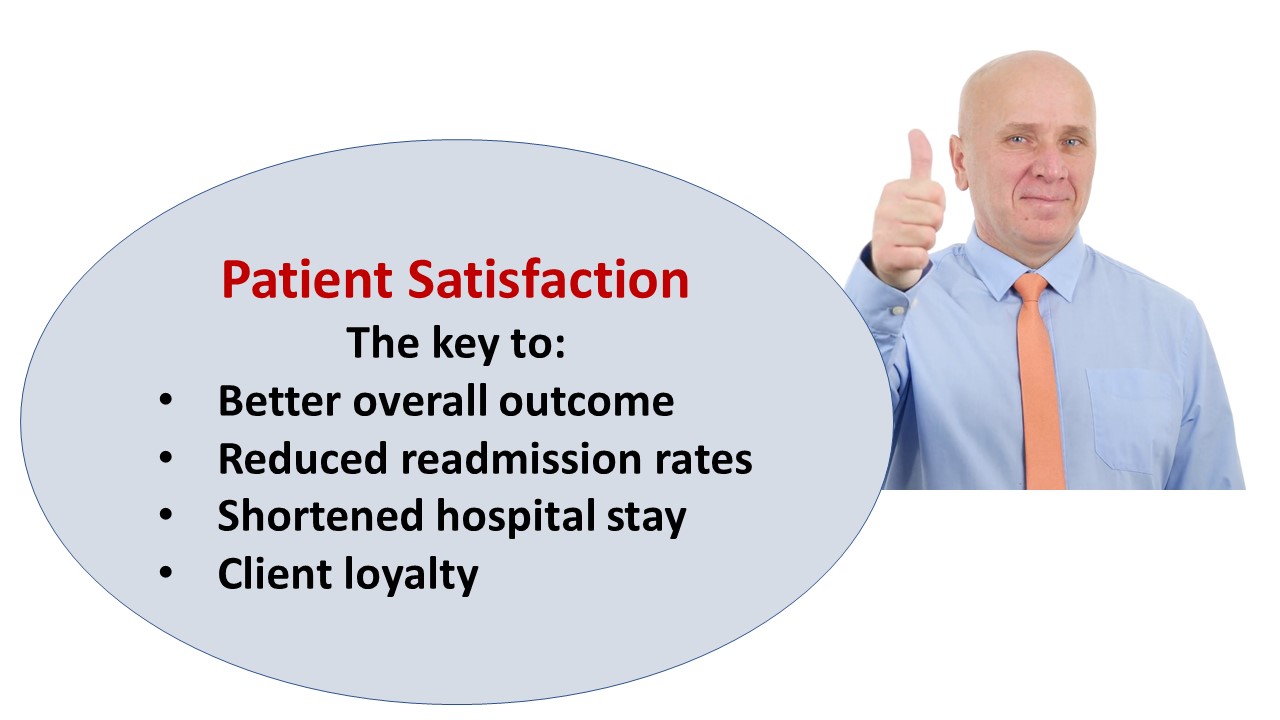By Thomas Davis, CRNA, MAE, DNAP candidate
follow @procrnatom on twitter
One hundred years ago, American culture was in a time of rapid change with an influx of new technology changing the way people lived their lives. Being phased out, the horse and buggy, kerosene lamps and outdoor privy were quickly replaced by autos, electric lights and flush toilets. In the hundred years that followed, the shift in healthcare delivery has affected our lives to the same extent as the technology changes of a century ago. In the 1960s, healthcare was physician-centric with little concern for the needs or desires of the patient. It was a time in which “the doctor knows best” governed healthcare and patients were lucky that the doctor agreed to provide treatment. Moving forward another fifty years to the 21st century we find a system in which patients manage their own health records and have mobility to seek care wherever they desire. Role reversal has put the patient in the driver’s seat leaving doctors and healthcare organizations to compete for the patient’s business. In today’s medical marketplace, patients select doctors and hospitals based on both the quality of care delivered and their memory of how they were treated. Healthcare providers who survive are those who are sensitive to patient satisfaction while providing state of the art treatment.
Patient satisfaction is the person’s perception of their overall experience with you and your organization. A patient’s perception is his/her reality so the impression that you make is the memory that they will share with others, sometimes for years after receiving treatment. Toma Kulbytė, content marketing specialist at SuperOffice, says “If they like you and continue to like you, they are going to do business with you and recommend you ….” Does satisfaction count in a patient’s assessment? According to Kulbytė, a positive customer experience creates a 42% increase in loyalty (likelihood for repeat business) and a 33% increase in satisfaction scores.
Loyalty is earned
Regardless of whether the need is for a car, computer or colonoscopy, today’s consumer demands a quality product at a fair price, delivered by people who understand their specific need and treat them with respect and dignity. To build a loyal base of satisfied customers, three factors are foundational: People, product and presentation.
People
It can be argued that the most important person in a healthcare facility is the first person a patient encounters at the point of entry desk. The congeniality with which a person is greeted, and the expertise shown by the attendant when entering the patient into the system create a lasting impression. Ciotti, blog author and marketing strategist, confirms the importance of customer service skills and recommends that those delivering health care, master this list.
| Patience | Attentiveness | Clear communication skills |
| Clinical competence | Positive attitude/language | Acting skills |
| Calming presence | Ability to sense patient’s mood | Tenacity |
| Persuasion skills | Empathy | Willingness to learn |
Patients moving through the healthcare system encounter many people along the way and feel reassured by being introduced to the next person by name and their role in the treatment process. With the patient’s wellbeing as your top priority, always use a positive language and an undistracted, welcoming attitude when providing care
“Nobody cares how much you know until they know how much you care.”
~Theodore Roosevelt
Product
People expect those delivering a service are competent, capable and committed to excellence. It doesn’t matter if you’re delivering a double cheese pizza, or an anesthetic, in order to earn your customer’s satisfaction, you must be skilled at your job and create expectations that are realistic. In the healthcare arena, connect with your patients pre-operatively, clearly describe what can and can not be done, and then deliver on the service as described. The bottom line is that your patients want you to be good at what you do, and they expect to receive the product and experience the outcome that they have been promised.
Presentation
Healthcare delivery is a competitive business and people are free to seek treatment wherever they desire. Marketing analysis by Keona Health reveals that 77% of patients use online reviews to find and select a physician. The physician compare area of the CMS web site makes rating healthcare providers quick and easy. Likewise, when a physician uses more than one hospital, patients rely on online reviews when requesting their hospital of choice. Once a provider has been selected, patients use mobile devices to schedule appointments and judge the organization by the degree of user-friendliness of their web site. When online sites are difficult to navigate, patients move on to another provider with a more user-friendly online presence.
Indiana University Orthopedic surgeon, James Rickett, links patient satisfaction to outcome by documenting that reduced hospital stay, reduced readmission rates, and overall better quality of care all correlate to high patient satisfaction scores. Dr. Rickett’s observation underscores the importance of delivering healthcare services in a manner that ensures patient satisfaction. The physician driven hierarchy for patient treatment that existed several decades ago no longer applies in our web-based, patient-centric world. The healthcare marketplace is becoming more and more competitive and patient satisfaction may be the key factor separating those who lead the industry from those who are forced to close the doors and turn off the lights. Patient satisfaction does matter.
Thomas is a respected author, speaker and clinical anesthetist.
